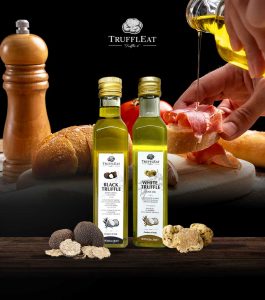 Stemming from the recent podcast, How to Turn Wine into Profit with Matthew Stephens, we (Adam) touched upon some important trends in the world of wine and how they intersect with the growing awareness for wellness.
Stemming from the recent podcast, How to Turn Wine into Profit with Matthew Stephens, we (Adam) touched upon some important trends in the world of wine and how they intersect with the growing awareness for wellness.
The world of dining is becoming increasingly health-conscious, diet-focused, and phobic of calories, carbohydrates, trans-fats, gluten and a slew of other buzz food components. As hoteliers and restaurateurs, we take great pains to ensure that our menus include items that address these now-popular customer requests, often identifying dishes that are best suited to specific dietary needs.
Given this trend, it’s no surprise that the beverage industry has responded in kind. People want to have their cake and eat it too – imbibing without the bloat of excess calories or other chemicals besides alcohol for the body to process. (While those that are foregoing drinking all together is a whole other discussion, where hotels and restaurants should pay attention to the growing demand for non-alcoholic wines, zero-proof spirits and mocktails.)
For many years, the beer market has offered an exceptionally wide array of carbohydrate-reduced products. These are generally marketed as a ‘light’ product at only a slight compromise to ABV. According to an Allied Market Research study from 2021, light beer still only represents under 1% of the total suds market. Yet, to those on a diet, this product has become indispensable.
More recently, hard seltzers have captured the narrative, as epitomized by the fervor over deftly advertised brands like White Claw with international mainstays like Bud Light launching their own competitive products to keep customers in their domain. The broad success of these brands hinges on bringing together carbonated fruity flavors with very low sugar and calorie content, and most are also gluten-free.
Thus, it should come as no surprise that the wine industry is pivoting to capitalize on this new zeitgeist. Importantly, wine consumption in North America currently skews 59% female and 41% male; this also supports the introduction of more calorie-conscious and low-sugar products that can be implicitly marketed as ‘slimming’.
Key throughout is to offer a wine alternative for the younger generations who are in general more aware of their daily carbohydrate intakes as a part of living a healthier lifestyle and keeping up with the concept of ‘wellness’, whatever that entails. Fair representation through the introduction of one red and one white offering that can be promoted as ‘one gram of sugar per ounce’ or via another simple phrasing will help to appease this cohort and not alienate them from starting to develop an appreciation of wine in their youth.
Our recommendation is to start with by-the-glass offerings, for which most low-sugar wines are already targeted for this purpose by being relatively cheap and having twist-off tops in lieu of corks. Save your cellar space for more sophisticated vintages. While taste remains a top criterion for any procurement, recognize that the low-calorie options you ask your wholesaler about will be of middling quality (as sugars are often a key driver of flavor) and therefore cannot be priced above this context.
Above all, know that your beverage menu is not set in stone. Times are a-changing and right now sugar is the demon that people are trying to avoid, so give the people what they want!
And if you like what you read here, be sure to check out our book published last year on strategies to increase wine revenues, “In Vino Veritas: A Guide for Hoteliers and Restaurateurs to Sell More Wine” available on Amazon.
This article may not be reproduced without the expressed permission of the author.




